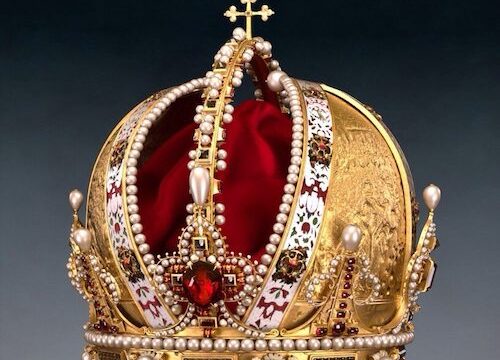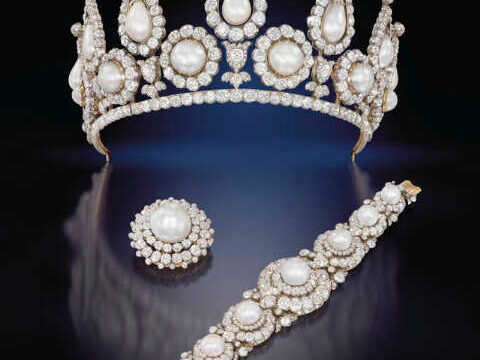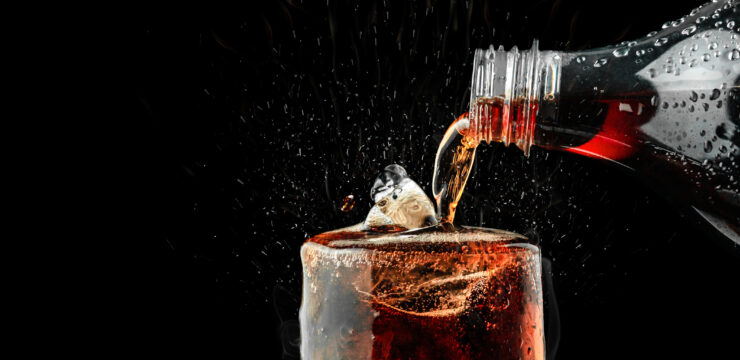Throughout history, royal jewels have served as dazzling symbols of power, prestige, and heritage. These extraordinary treasures, encrusted with rare gems and meticulously crafted, have adorned the crowns, scepters, and regalia of monarchs for centuries. Beyond their undeniable beauty, royal jewels carry deep historical significance, representing the sovereignty and legacy of dynasties worldwide.
The Origins of Royal Jewels
The tradition of royal jewels dates back thousands of years, with ancient civilizations using precious stones and metals to signify status and divine favor. Egyptian pharaohs, European kings, and Asian emperors all possessed magnificent collections, often enshrined with mystical and religious importance. These jewels were not merely decorative; they were tangible representations of authority and power.
Famous Royal Jewels
Some of the world’s most renowned jewels are part of royal collections. The British Crown Jewels, housed in the Tower of London, include the Imperial State Crown, set with over 2,800 diamonds, and the Koh-i-Noor Diamond, a gemstone steeped in legend and conquest. The Russian Imperial Regalia, featuring the Orlov Diamond and the Imperial Sceptre, embodies the grandeur of the Russian monarchy. Similarly, the French Crown Jewels, though largely dispersed after the Revolution, once showcased remarkable gems like the Regent Diamond.
The Symbolism of Royal Jewels
Beyond their material value, royal jewels carry immense symbolic weight. Crowns and tiaras represent divine rule and legitimacy, while scepters and orbs embody authority and governance. Many royal families continue to use these adornments in coronations, weddings, and state ceremonies, maintaining a connection to their storied past. The jewels also signify continuity, linking modern royalty to their ancestors through heirlooms passed down generations.
The Mystery and Intrigue
The history of royal jewels is often intertwined with intrigue and drama. Many gems have been stolen, lost, or cursed, adding to their mystique. The Hope Diamond, once part of royal collections, is rumored to bring misfortune to its owners. The Romanov Jewels, hidden during the Russian Revolution, have fascinated historians for decades. These stories enhance the allure of royal jewels, making them more than just objects of beauty.
Preservation and Legacy
Today, many royal jewels are carefully preserved in museums and vaults, drawing millions of admirers. Countries like Britain, Spain, and Denmark maintain their crown jewels as part of their national heritage, ensuring they remain accessible to future generations. Auctions occasionally unveil lost or hidden royal treasures, reigniting interest in these historical artifacts.
Conclusion
Royal jewels are more than mere adornments; they are symbols of power, history, and timeless elegance. Their stories, filled with intrigue and grandeur, continue to captivate the world. Whether displayed in a grand coronation or kept under lock and key, these glittering treasures remain eternal symbols of kings and queens, preserving the legacy of royalty for generations to come.





